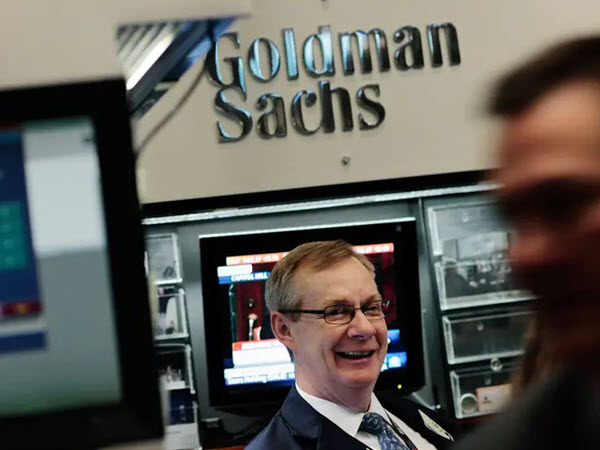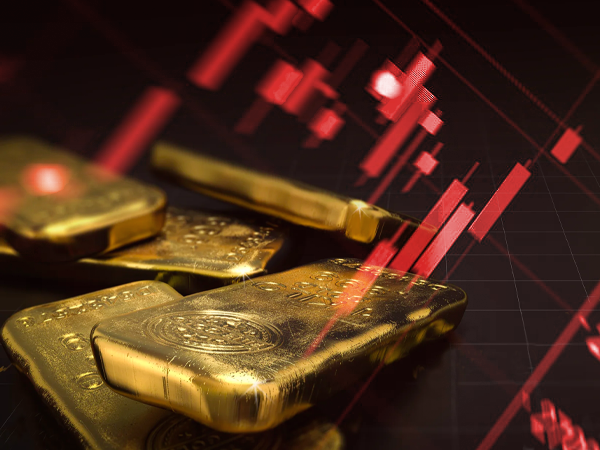
Bob Prince, co-CIO of Bridgewater Associates (the world’s most successful hedge fund), has a very thought-provoking article published recently on Financial Times. He’s joined the chorus of analysts, central bankers and everyday folks convinced that the global economy is teetering on the brink of, or already toppled over the edge of, a stagflationary precipice.
That’s truly bad news. Even worse, most Americans saving and investing today simply haven’t seen an economy wracked by stagflation. They don’t know what to expect, or how to prepare.
Fortunately, Prince has some actionable suggestions.
What is stagflation?
Stagflation is a toxic brew of high inflation and economic stagnation (stagnation + inflation = stagflation). Normally, these two fiscal forces strike at different times. High inflation is typically a symptom of a booming economy and a tight labor market. Stagnation, on the other hand, a period of low-to-negative economic growth, usually co-exists with low inflation and high unemployment. Stagflation is the worst of both economic conditions.
Prince describes stagflation like this:
a high level of nominal spending growth cannot be met by the quantity of goods produced, resulting in above-target inflation. Policymakers are not able to simultaneously achieve their inflation and growth targets, forcing them to choose between the two.
Fortunately, stagflation is a relatively unusual phenomenon.
Unfortunately, it’s also the correct way to describe some of the worst economic episodes in American history, including the Great Depression.
Why is stagflation a fait accompli?
Because worldwide economies are weakening, slowing due to a combination of factors:
- Ongoing Covid lockdowns (especially in China)
- Supply chain disruptions
- Russia’s invasion of Ukraine and Western financial sanctions in response
- Massive, global deficit spending in the early stages of the pandemic panic
These forces have fueled global inflation. Prices are surging at 41-year record levels in the U.S. Canada isn’t far behind. The Euro zone is seeing the highest inflation since its inception in 2001.
Global central banks are slowly responding to rising prices by raising interest rates, in an effort to “cool down” overheating economies. However, it’s already too late. Yes, the global economy was overheating — but ran out of gas about the same time central banks started hitting the brakes.
Subsequently, instead of slowing the economy smoothly to cruising speed, it’s looking more and more like the global economic system will shudder to a full stop (or possibly shudder and shimmy along like a beginner learning to drive a car with a manual transmission).
Here’s what Bridgewater recommends to preserve our savings
To begin with, Prince warns us, everything we thought we knew about investing is wrong:
Historically, equities have been the worst-performing asset in stagflationary periods, because they are vulnerable to both falling growth and rising inflation. Other predominantly growth-sensitive assets like credit and real estate also perform poorly.
Well, what about bonds, the historical counterweight to risky equities?
Nominal bonds are closer to flat in such environments. This reflects the cross-cutting influences of falling growth that typically leads to easing and falling rates, weighed against rising inflation expectations which usually put pressure on rates to rise. As rates increase generally, the yields on existing bonds can appear less attractive, pushing prices down.
“Close to flat” isn’t what we want, especially when “flat” means “negative after inflation.”
If that’s what doesn’t work, then what does?
Inflation-linked bonds and gold perform the best, with the former benefiting from both weak growth and rising inflation… index-linked bonds, gold, and commodities giving investors better relative returns regardless of how policymakers respond.
Just for historical comparison purposes, gold’s price rose 400% over just four years during the last episode of stagflation in the U.S. (1971-1975). There’s a reason investors and central banks around the world rely on gold. Gold’s historical track record as a safe-haven investment deserves scrutiny.









